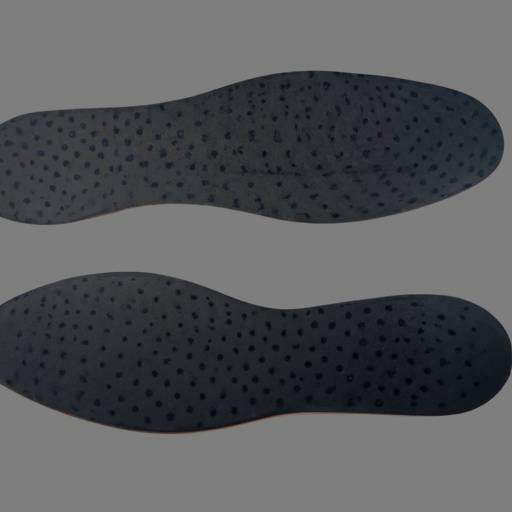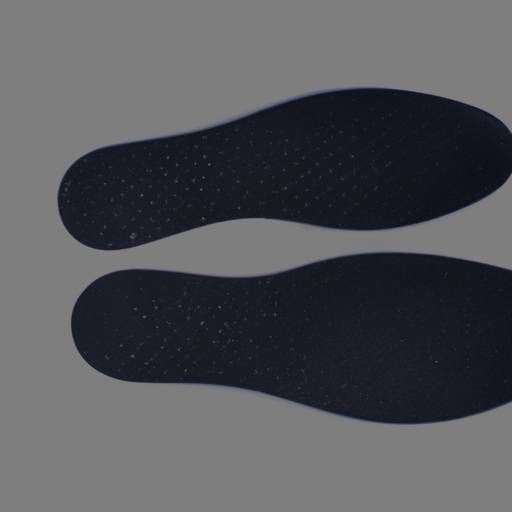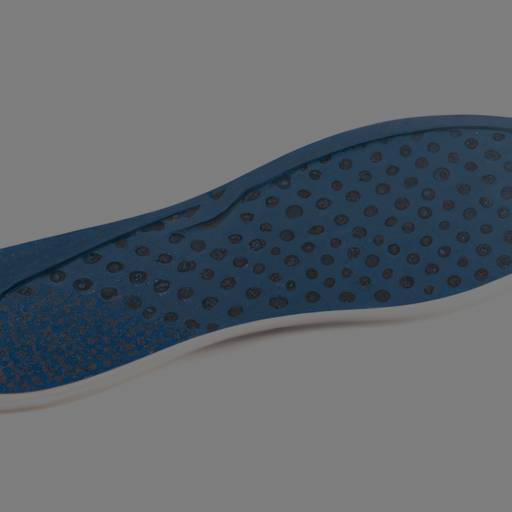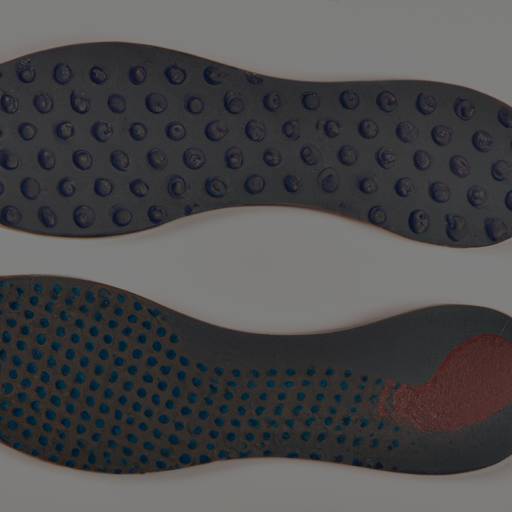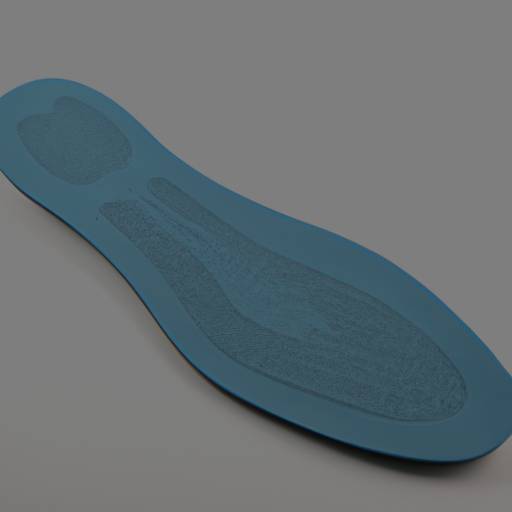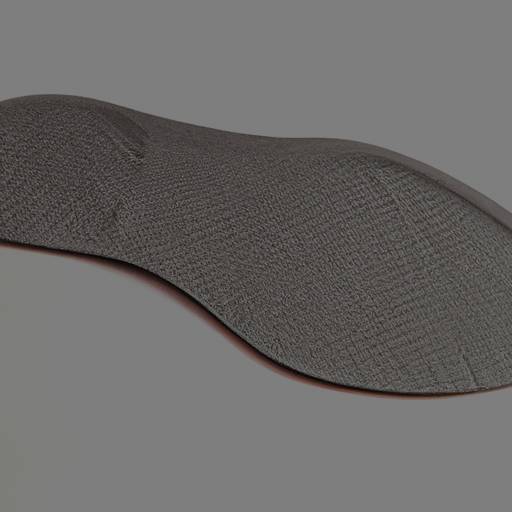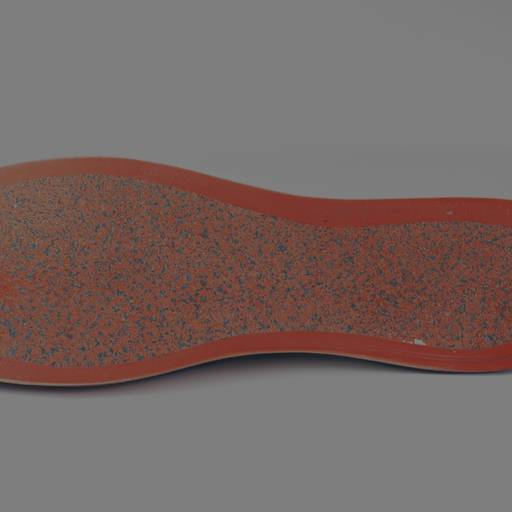Should You Wear Orthotics All the Time? Find Out!
Understanding Orthotics
To better understand whether you should wear orthotics all the time, it’s essential to grasp what orthotics are and their purpose in foot care.
What Are Orthotics?
Orthotics, also known as orthotic insoles or shoe inserts, are custom-made or pre-fabricated devices designed to provide support, stability, and alignment to the feet. These inserts are placed inside footwear to help correct biomechanical imbalances and alleviate various foot conditions.
Orthotics are typically made from materials such as foam, gel, or rigid plastic. They come in different shapes, sizes, and levels of firmness to cater to individual needs. Some orthotics are specifically designed to address specific foot conditions, such as flat feet, high arches, or plantar fasciitis.
The Purpose of Orthotics
The primary purpose of orthotics is to improve foot function and alleviate discomfort. They can provide several benefits, including:
- Arch Support and Alignment: Orthotics can help support the arches of the feet, promoting proper alignment and reducing stress on the feet, ankles, and lower limbs. They provide stability and prevent excessive pronation (inward rolling) or supination (outward rolling) of the feet during walking or running.
- Pain Relief and Injury Prevention: Orthotics can help relieve foot pain caused by conditions such as plantar fasciitis, bunions, or Achilles tendonitis. By providing cushioning and distributing pressure evenly, they can reduce discomfort and prevent further injury.
- Improved Foot Function: Orthotics can help improve overall foot function by correcting gait abnormalities and promoting a more natural walking or running pattern. They can enhance shock absorption, reduce fatigue, and improve balance.
It’s important to note that the effectiveness of orthotics may vary depending on the individual and the specific foot condition. Consulting with a healthcare professional, such as a podiatrist or orthopedic specialist, can help determine whether orthotics are suitable for your needs. They can assess your feet, provide a proper diagnosis, and recommend the most appropriate type of orthotics for your specific condition.
Understanding the basics of orthotics sets the foundation for evaluating whether wearing them all the time is necessary. In the following sections, we will explore different factors to consider when deciding when and how long to wear orthotics.
Benefits of Wearing Orthotics
Orthotics, also known as shoe inserts or insoles, offer several benefits for those who wear them regularly. These benefits include arch support and alignment, pain relief and injury prevention, and improved foot function.
Arch Support and Alignment
One of the primary benefits of wearing orthotics is the provision of arch support. Many individuals with flat feet, high arches, or other foot conditions can benefit from the added support that orthotics provide. By providing proper arch support, orthotics help to distribute weight evenly across the foot, promoting better alignment and reducing strain on the arches. This can alleviate discomfort and enhance overall foot stability.
Orthotics with arch support can also help improve overall body alignment. When the feet are properly aligned, it can positively impact the alignment of the ankles, knees, hips, and even the spine. This can potentially reduce the risk of various foot, leg, and back problems.
Pain Relief and Injury Prevention
Orthotics are often recommended for individuals experiencing foot pain or discomfort. They can help provide pain relief by reducing pressure on certain areas of the foot and improving foot mechanics. Orthotics can help alleviate pain associated with conditions such as plantar fasciitis, flat feet, and bunions.
Furthermore, orthotics can aid in the prevention of injuries. They provide cushioning and support, reducing the impact on the feet during activities like walking, running, or standing for extended periods. By absorbing shock and stabilizing the feet, orthotics can help prevent overuse injuries, stress fractures, and other foot-related problems.
Improved Foot Function
Orthotics can contribute to improved foot function by enhancing the way the feet move and function during daily activities. They can help correct issues such as overpronation (excessive inward rolling of the foot) or supination (insufficient inward rolling of the foot). By improving foot mechanics, orthotics can optimize gait patterns and promote more efficient movement.
Furthermore, orthotics can help improve balance and stability, which is particularly beneficial for individuals with balance issues or those who engage in sports or activities that require precise footwork.
By providing arch support, alleviating pain, and improving foot function, orthotics can play a significant role in promoting foot health and overall well-being. It’s important to note that orthotics should be chosen and used under the guidance of a healthcare professional who can assess individual needs and recommend the most suitable options. For those considering orthotics, it’s recommended to consult with a healthcare professional to ensure proper fit and effectiveness.
When to Wear Orthotics
Orthotics can provide valuable support and comfort for individuals with foot issues or specific conditions. However, the decision of when to wear orthotics depends on various factors, including personal comfort, specific activities, and the recommendation of a healthcare professional.
All-Day Use
For individuals who require continuous support and correction, wearing orthotics all day may be necessary. This includes individuals with chronic foot conditions, such as flat feet, plantar fasciitis, or overpronation. Wearing orthotics throughout the day can help maintain proper foot alignment, reduce discomfort, and provide long-term benefits. However, it is important to ensure that the orthotics fit properly and are comfortable for extended wear.
Specific Activities
In some cases, orthotics may only be needed for specific activities or situations. For example, individuals who engage in high-impact sports or activities that put extra strain on the feet may benefit from using orthotics during these activities. Orthotics can provide additional support, shock absorption, and stability, reducing the risk of injury and enhancing performance. It is important to consult with a healthcare professional or a podiatrist to determine if wearing orthotics during specific activities would be beneficial.
Personal Comfort and Preference
Ultimately, the decision of when to wear orthotics should be based on personal comfort and preference. Some individuals may find that wearing orthotics consistently throughout the day provides the most comfort and relief. Others may prefer to wear orthotics only during certain times or activities. It is important to listen to your body and determine what works best for you. If you experience any discomfort or pain while wearing orthotics, it is advisable to consult with a healthcare professional or a podiatrist to address any concerns.
When considering the use of orthotics, it is crucial to remember that proper fit and comfort are essential. Ill-fitting or uncomfortable orthotics can cause more harm than good. Gradual adaptation to wearing orthotics is also important, allowing your feet to adjust to the new support and alignment. If you have any questions or concerns about wearing orthotics, consulting with a healthcare professional or a podiatrist is recommended.
While orthotics can provide significant benefits, it is important to explore alternative measures, such as strengthening exercises and proper footwear selection, to support foot health and function. For more information on alternatives to orthotics, refer to our article on footwear selection and other supportive measures.
Remember, the decision of when and how long to wear orthotics should be based on individual needs, comfort, and the advice of a healthcare professional. By understanding your specific foot condition and listening to your body, you can make informed decisions about when to wear orthotics for optimal foot health and comfort.
Considerations for Wearing Orthotics
Before incorporating orthotics into your daily routine, it’s important to consider a few key factors. Proper fit and comfort, gradual adaptation, and consulting with a healthcare professional are all important considerations when it comes to wearing orthotics.
Proper Fit and Comfort
When it comes to orthotics, ensuring a proper fit is essential. Ill-fitting orthotics can cause discomfort and may not provide the desired benefits. It’s crucial to choose orthotics that are specifically designed for your foot type and condition. This can help provide the necessary support and alignment to alleviate pain and improve foot function.
Orthotics should fit snugly within your shoes without causing any pressure points or discomfort. They should also be compatible with the footwear you frequently wear. If you’re unsure about choosing the right size or type of orthotics, consulting a healthcare professional or specialist can provide valuable guidance. They can assess your foot structure and recommend the most suitable orthotics for your needs.
Gradual Adaptation
Adapting to orthotics requires time and patience. It’s important to gradually increase the duration of wear to allow your feet and body to adjust. Start by wearing orthotics for a few hours each day and gradually increase the duration as your feet become accustomed to the new support.
During the initial phase, it’s not uncommon to experience some discomfort or mild soreness. This is typically temporary and will subside as your feet get used to the orthotics. However, if the discomfort persists or becomes severe, it’s important to consult with a healthcare professional. They can assess the fit and make any necessary adjustments to ensure optimal comfort and effectiveness.
Consulting with a Healthcare Professional
Before making any decisions about wearing orthotics, it’s advisable to consult with a healthcare professional, such as a podiatrist or orthopedic specialist. They can evaluate your foot condition, assess your gait, and determine whether orthotics are appropriate for you. Additionally, they can provide personalized recommendations based on your specific needs.
A healthcare professional can also guide you on the proper usage of orthotics and address any concerns or questions you may have. They have the expertise to ensure that the orthotics are properly fitted and aligned to provide the maximum benefits.
Remember, wearing orthotics is a personal decision and should be based on your individual circumstances. While orthotics can be beneficial for many individuals, it’s important to seek professional advice to ensure that they are the right solution for you.
By considering factors such as proper fit and comfort, gradual adaptation, and consulting with a healthcare professional, you can make an informed decision about wearing orthotics and optimize their benefits for your foot health.
Alternatives to Orthotics
While orthotics can be beneficial for many individuals, they may not be the only solution for addressing certain foot issues. For those seeking alternatives to orthotics, there are several options to consider. These alternatives focus on strengthening exercises, footwear selection, and other supportive measures. Let’s explore these alternatives further.
Strengthening Exercises
Strengthening exercises can help improve foot and lower limb strength, stability, and flexibility. These exercises target the muscles and ligaments in the feet, promoting better foot function and reducing the reliance on orthotics. Some common strengthening exercises include:
- Toe curls: Sit on a chair and place a towel on the floor. Place your feet on the towel and use your toes to scrunch the towel towards you.
- Calf raises: Stand with your feet hip-width apart and slowly rise up onto your toes. Hold for a few seconds, then lower back down. Repeat several times.
- Ankle circles: Sit on a chair and lift one foot off the ground. Rotate your ankle clockwise and then counterclockwise. Repeat with the other foot.
By incorporating these exercises into your routine, you can strengthen the muscles that support your feet and potentially reduce the need for orthotics.
Footwear Selection
Choosing the right footwear is crucial for maintaining proper foot alignment and providing adequate support. Look for shoes that offer good arch support, cushioning, and stability. Opt for shoes with a wide toe box to allow for natural toe splay and avoid tight, constricting footwear.
Consider consulting our article on what shoe brands do podiatrists recommend to find shoe brands known for their supportive features. Additionally, you may find that memory foam insoles or other types of foam insoles can provide extra cushioning and support within your shoes.
Other Supportive Measures
In addition to exercises and footwear selection, there are other supportive measures you can explore. These include:
- Taping: Applying tape to the feet in specific patterns can provide temporary support and stability, particularly for certain conditions like plantar fasciitis.
- Massage and Stretching: Regularly massaging and stretching the feet can help alleviate tension and improve flexibility.
- Over-the-counter insoles: There are a variety of over-the-counter insoles available that can provide additional arch support and cushioning. These can be a more affordable alternative to custom orthotics.
Remember, before making any changes to your orthotic routine or exploring alternatives, it is important to consult with a healthcare professional. They can evaluate your specific foot concerns and provide guidance on the most suitable options for you.
By incorporating strengthening exercises, selecting supportive footwear, and exploring other measures, you may find alternatives to orthotics that can help improve your foot function and alleviate discomfort. However, it’s important to note that individual needs may vary, and what works for one person may not work for another.

